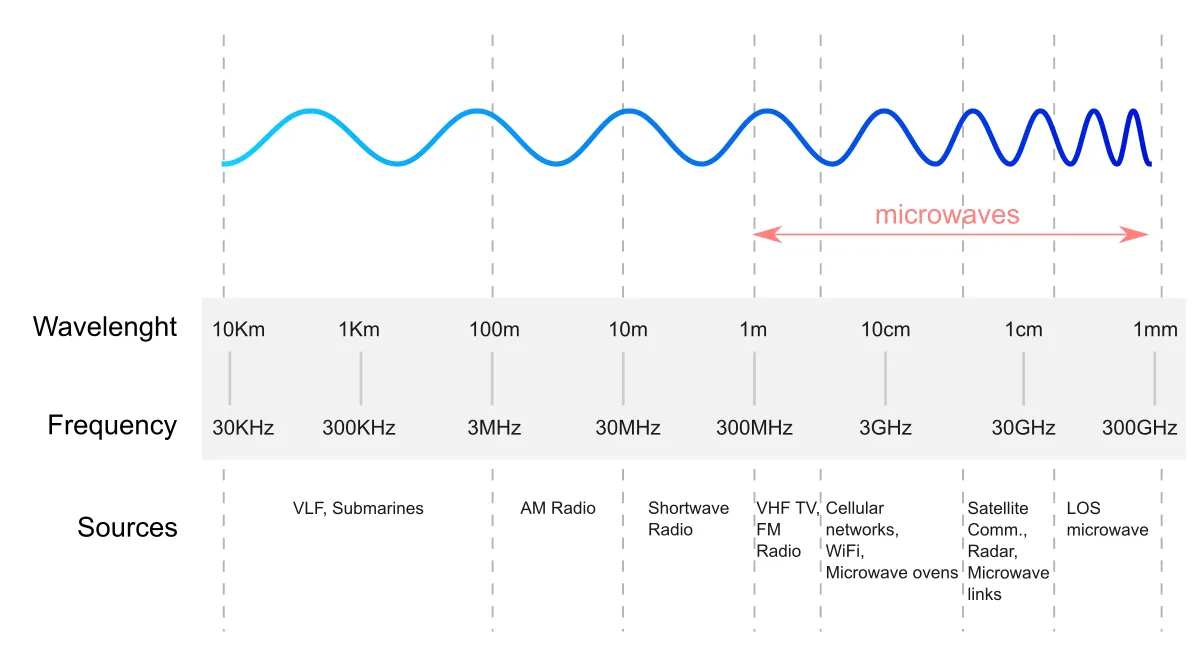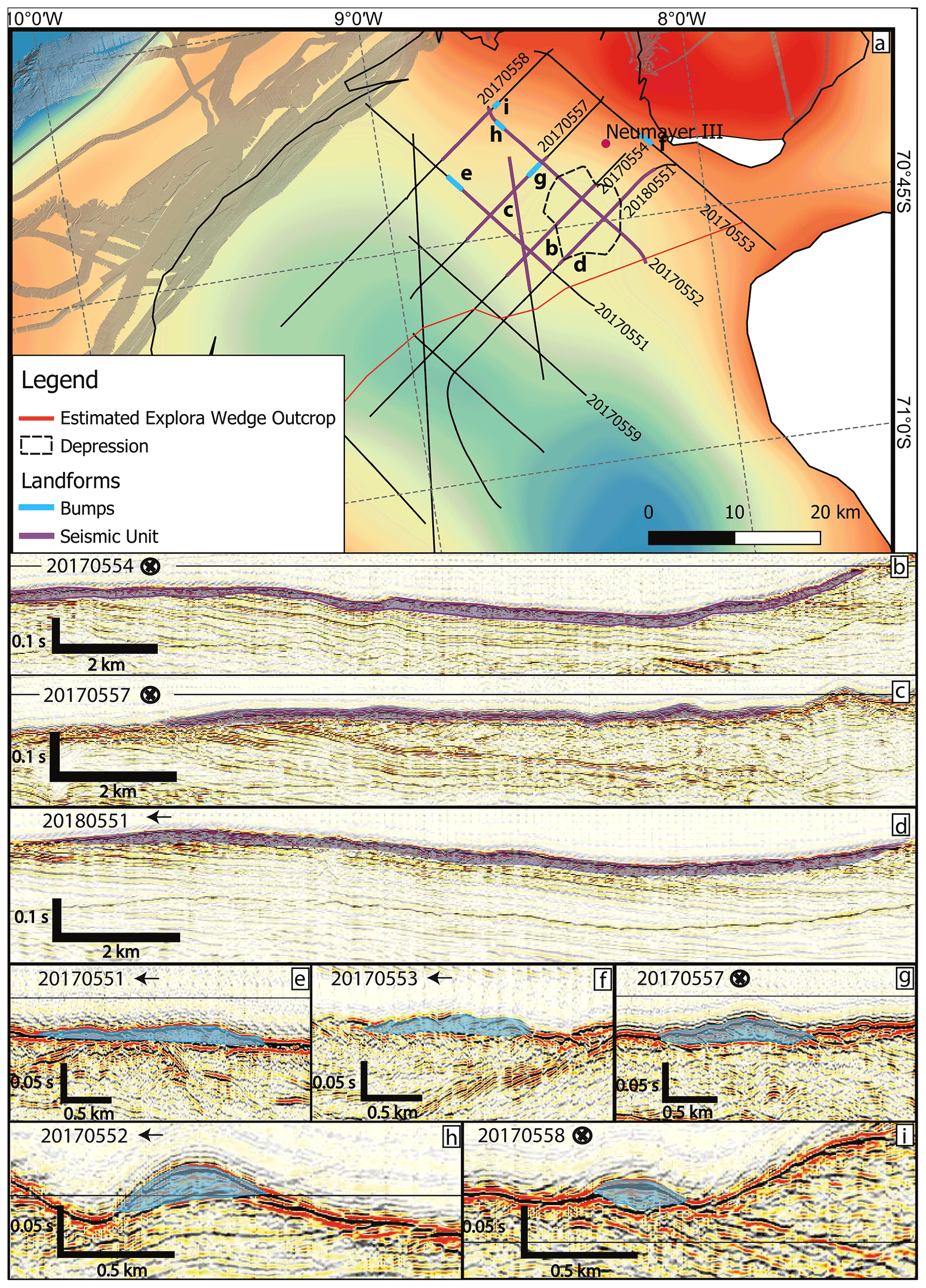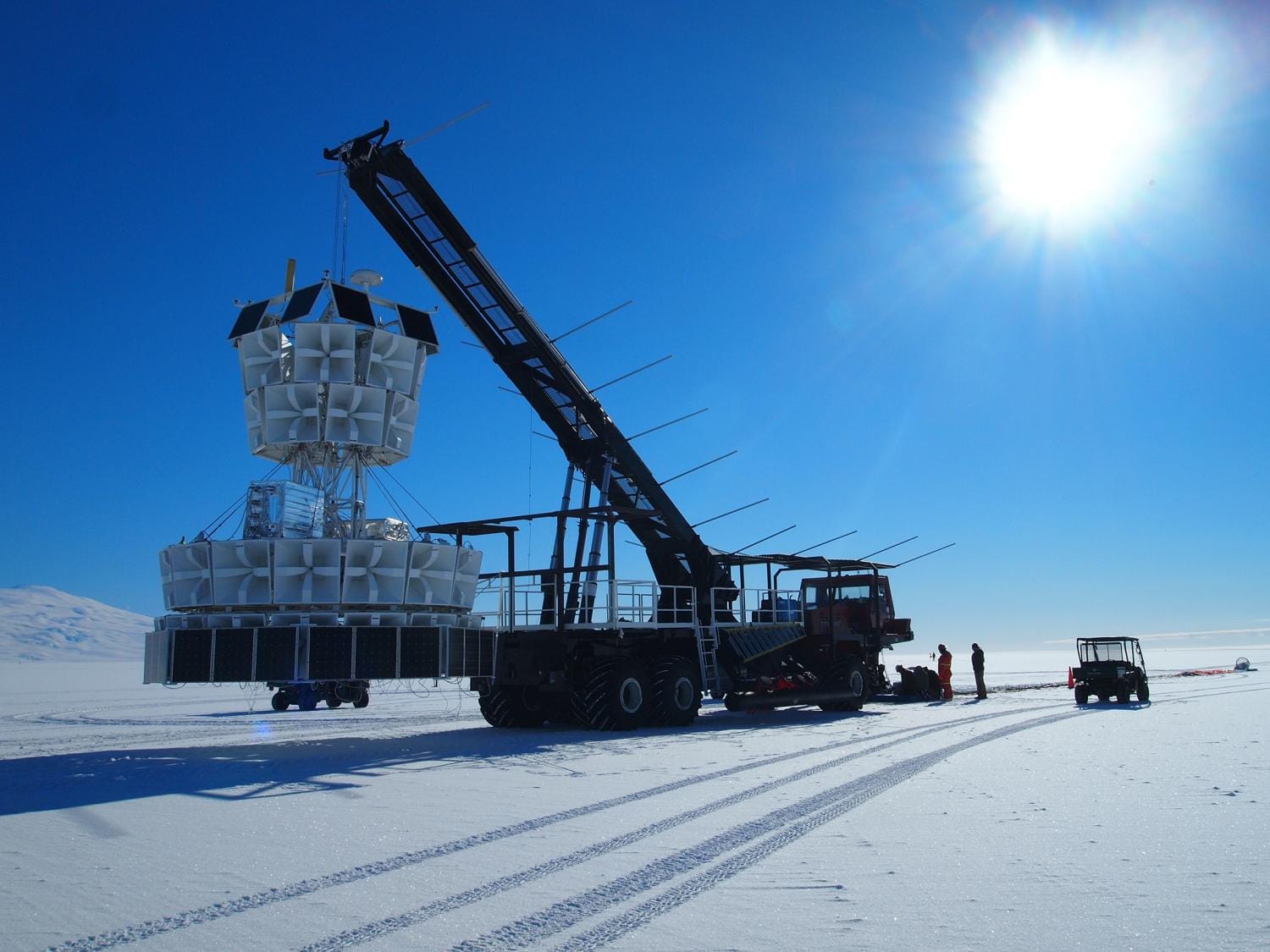Scientists have detected unexplained radio pulses emanating from deep within Antarctica's ice sheets, prompting an international research effort to understand what could be generating these enigmatic signals from one of Earth's most remote locations.
The discovery, first reported by researchers at the Antarctic Research Consortium, has captured the attention of the global scientific community as teams work to determine whether these radio emissions have natural or potentially artificial origins.
The Discovery That Has Scientists Puzzled
The radio pulses were initially detected by a network of sensitive receivers deployed across Antarctica as part of ongoing climate monitoring operations. Dr. Sarah Chen, lead researcher at the International Antarctic Research Station, described the signals as "highly unusual and unlike anything we've recorded from natural ice formations."
The pulses occur in regular intervals, lasting approximately 1.7 seconds each and repeating every 11 minutes. What makes them particularly intriguing is their frequency range of 1.2 to 1.7 gigahertz – a spectrum typically associated with human-made communications rather than natural phenomena.
"We've ruled out equipment malfunction and interference from research stations,"
Chen explained.
"The signals appear to originate from approximately 2.3 kilometers beneath the ice surface, in an area previously thought to be geologically inactive."

Natural Phenomena or Something More?

Geological Explanations
Several theories have emerged to explain the mysterious transmissions. Glaciologists suggest the signals could result from previously unknown interactions between ice crystals under extreme pressure. As massive ice sheets shift and compress, they might generate electromagnetic fields through piezoelectric effects – the same principle used in quartz watches.
Dr. Michael Frost, a geophysicist at the University of Edinburgh, proposes another possibility: "Subglacial lakes beneath Antarctica could be experiencing unique chemical reactions that produce electromagnetic radiation. We've documented similar phenomena in other extreme environments."
Technological Considerations
The regular pattern and specific frequency range have led some researchers to consider technological explanations. However, the signals' location – beneath over two kilometers of solid ice in one of the most inaccessible regions on Earth – makes human-made origins extremely unlikely.
"The depth and consistency of these signals challenge our understanding of what's possible in such an environment," noted Dr. Elena Vasquez, a radio astronomer at the European Space Agency who has joined the investigation.
International Response and Research Efforts
The discovery has prompted an unprecedented collaborative effort involving research teams from twelve countries. The Antarctic Treaty nations have fast-tracked approval for an extensive drilling operation scheduled to begin in the upcoming Antarctic summer season.
Advanced drilling equipment will attempt to reach the signal's source while specialized radio telescopes are being deployed to triangulate the exact origin point. The operation, estimated to cost $47 million, represents one of the largest coordinated research efforts in Antarctic history.
Technological Challenges
Accessing the signal source presents enormous logistical challenges. The extreme cold, remote location, and technical complexity of drilling through more than two kilometers of ice require cutting-edge equipment and careful planning.
"We're essentially trying to reach a point on Earth that's more difficult to access than many locations in space," explained Dr. Chen. "The ice at that depth has been undisturbed for potentially millions of years."
Implications for Science and Discovery
Regardless of their origin, these radio signals could revolutionize our understanding of Antarctica's hidden environment. If natural, they might reveal new physical processes occurring deep within ice formations. If the source proves to be something unexpected, it could reshape our knowledge of what lies beneath the world's most mysterious continent.
The research has already yielded valuable data about ice composition and subglacial conditions, contributing to climate science and our understanding of how ice sheets respond to environmental changes.
What This Means Moving Forward
As the investigation continues, the scientific community remains cautiously optimistic about uncovering the truth behind these enigmatic signals. The interdisciplinary approach – combining glaciology, geophysics, radio astronomy, and advanced drilling technology – exemplifies modern scientific collaboration at its finest.
Whether these pulses originate from unknown geological processes, unique ice formations, or something entirely unexpected, they represent a fascinating mystery that could expand our understanding of Earth's most remote regions. The upcoming drilling mission will likely provide definitive answers to one of the most intriguing scientific puzzles of recent years.
Target Audience: Science enthusiasts, technology readers, researchers, and general readers interested in mysterious discoveries and Antarctic exploration.
